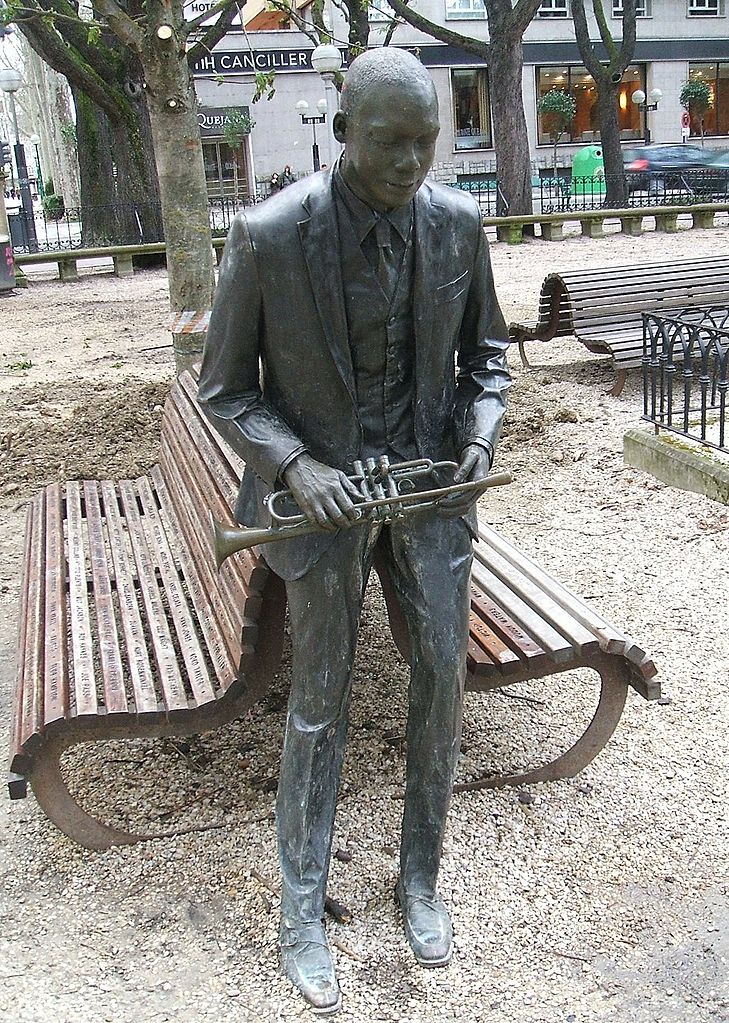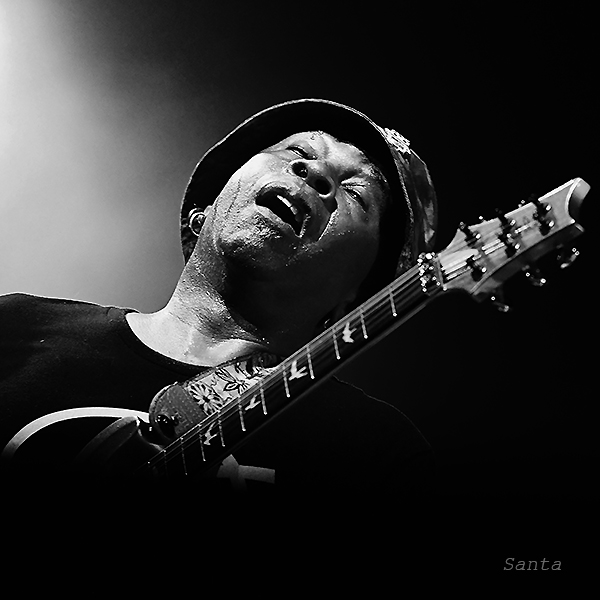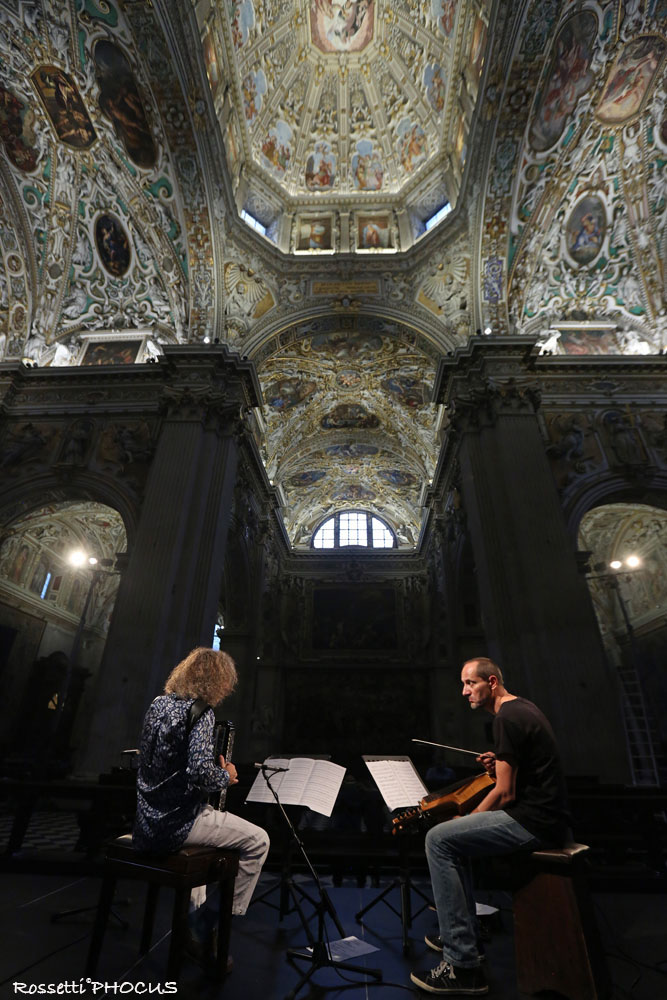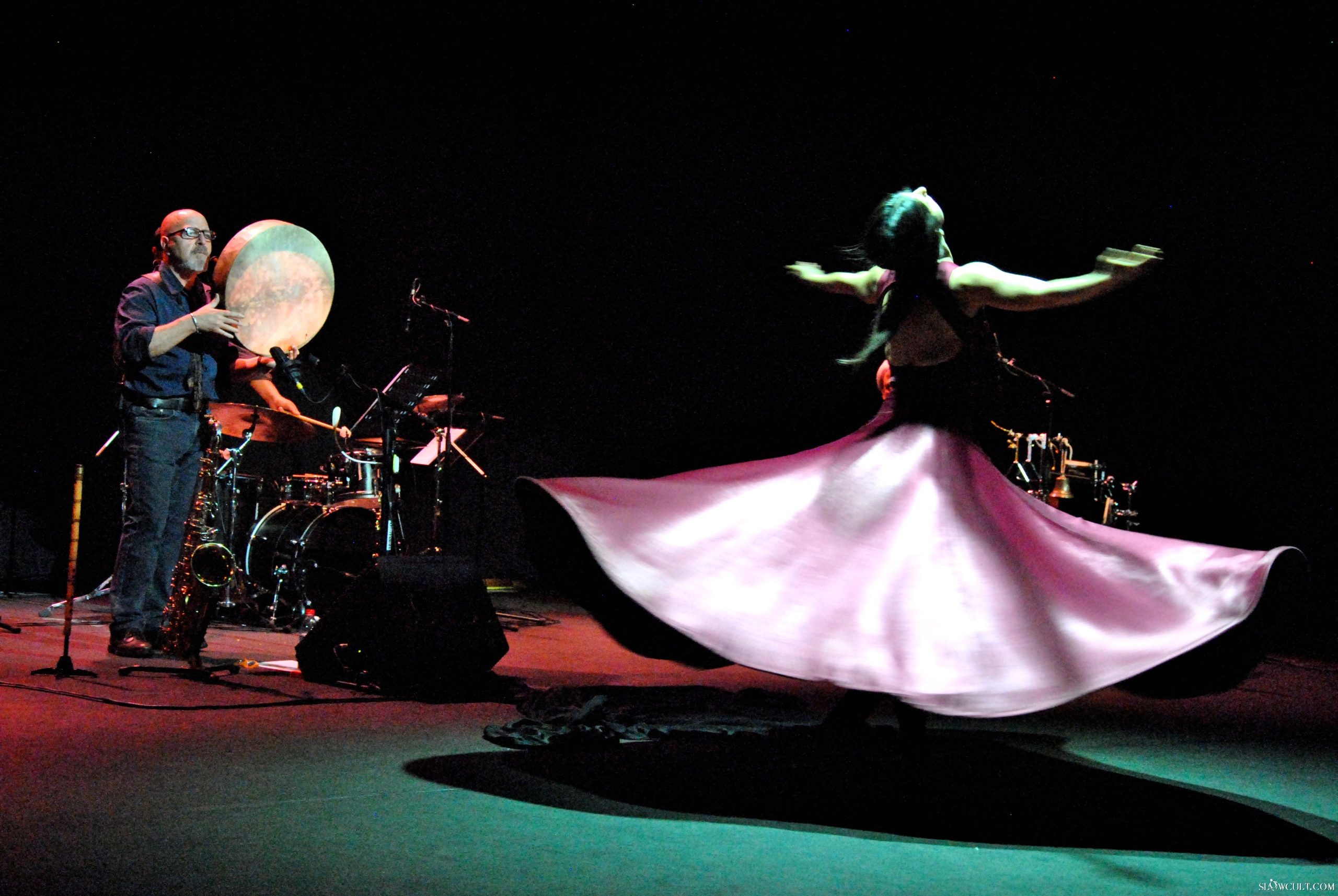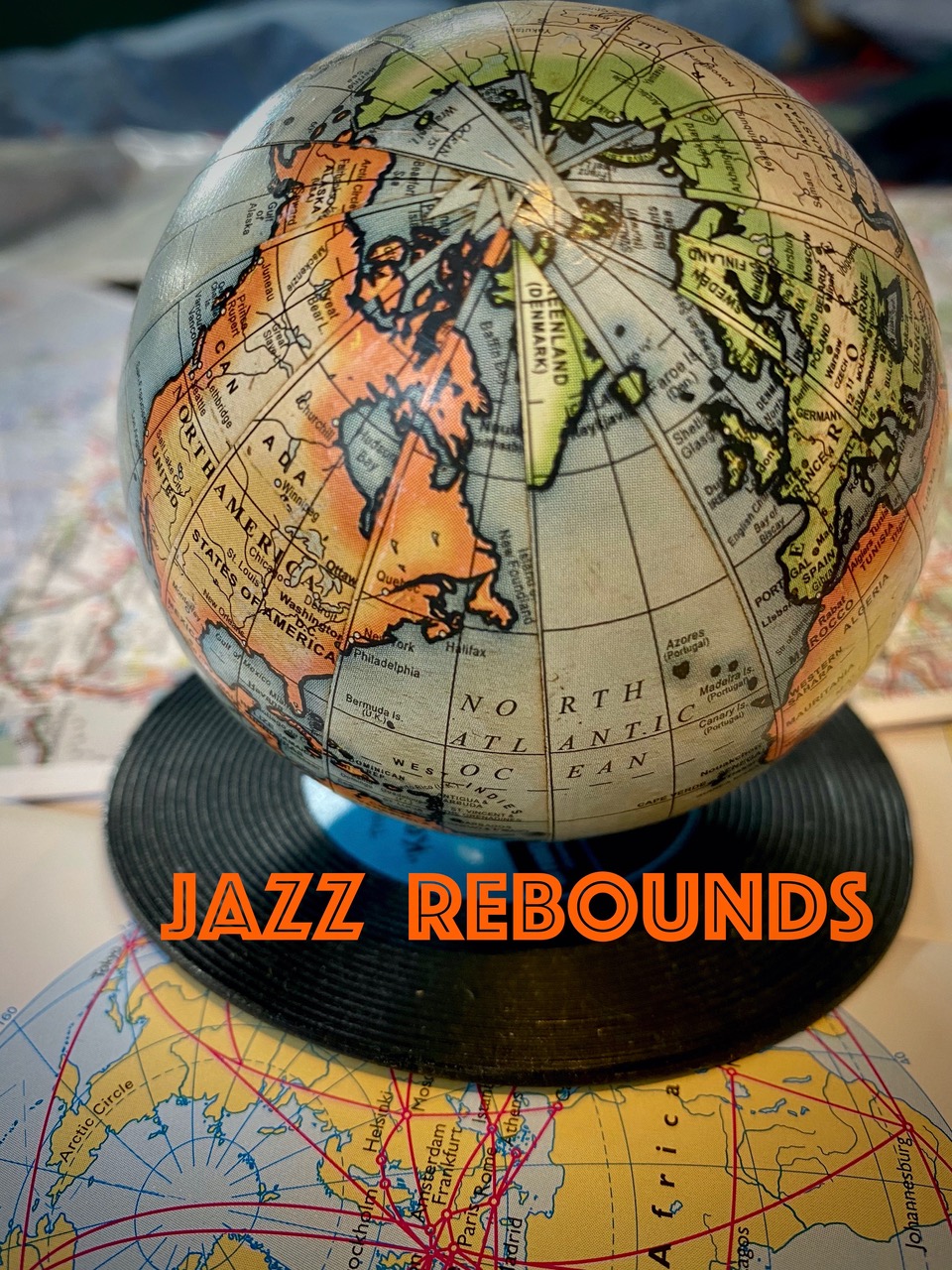In late March, with the novel coronavirus roaring through jazz as well as all other performing artists and in-person activities as an ill wind, individuals starting notably with pianist Fred Hersch (performing a “Tune of the Day”
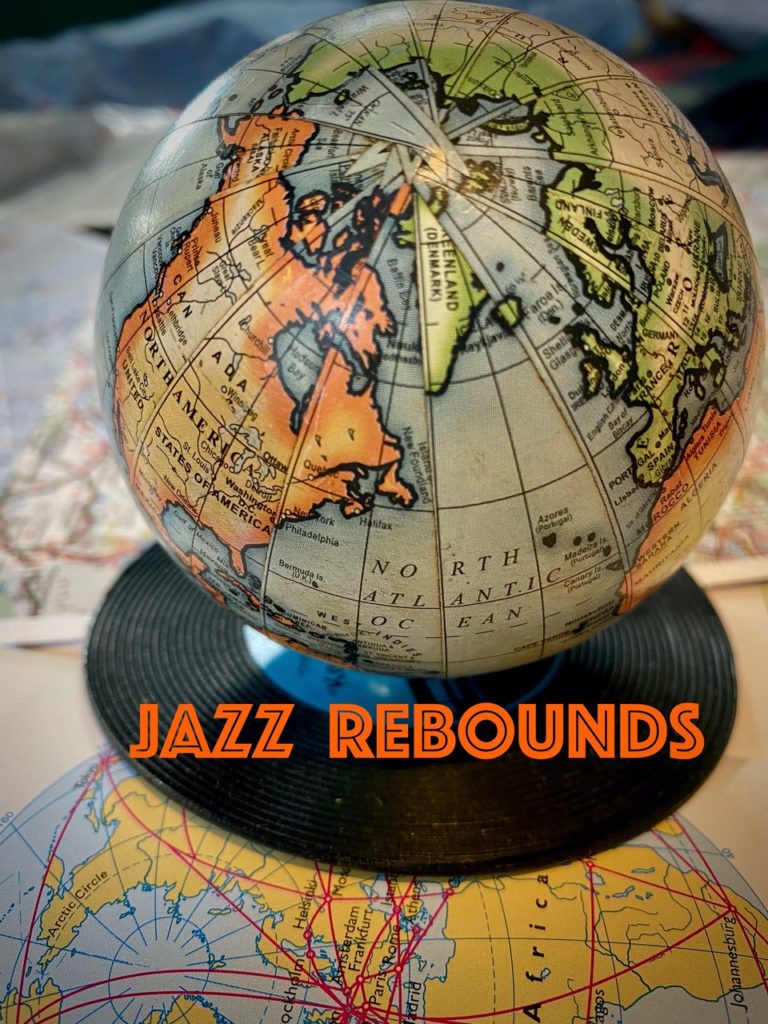
solo, free-of-charge on Facebook) turned to live streaming from their homes or studios, with tip jars or donate buttons pinned to their platforms’ pages as replacement for playing in public, if not being paid to do so.
Catching on, ambitious live-streamed shows were mounted. For instance, Jazz at Lincoln Center’s April 15 gala “Worldwide Concert for Our Culture” and the International Jazz Day Virtual Global Concert sponsored by UNESCO in partnership with the Herbie Hancock Institute of Jazz were tent-pole events meant to proudly and loudly proclaim that jazz is here to stay, unbowed. Then attention turned to addressing those in distress – which, given the economic slowdown accompanying the health crisis, may be just about everyone.
So the Jazz Foundation of America scheduled its #TheNewGig, a Musicians’ Emergency Fund Concert fundraiser in mid-May with stars including Wayne Shorter promising to make appearances from afar, and videos from the JFA archives of Sonny Rollins, the Herbie Hancock Sextet and the Count Basie Orchestra, among many others. The JFA (disclosure: I’ve been a supporter almost since it’s start; the JFA has sponsored JJA activities) also set up Covid-19 Relief Fund as did the Recording Academy’s affiliated charitable foundation MusiCares.
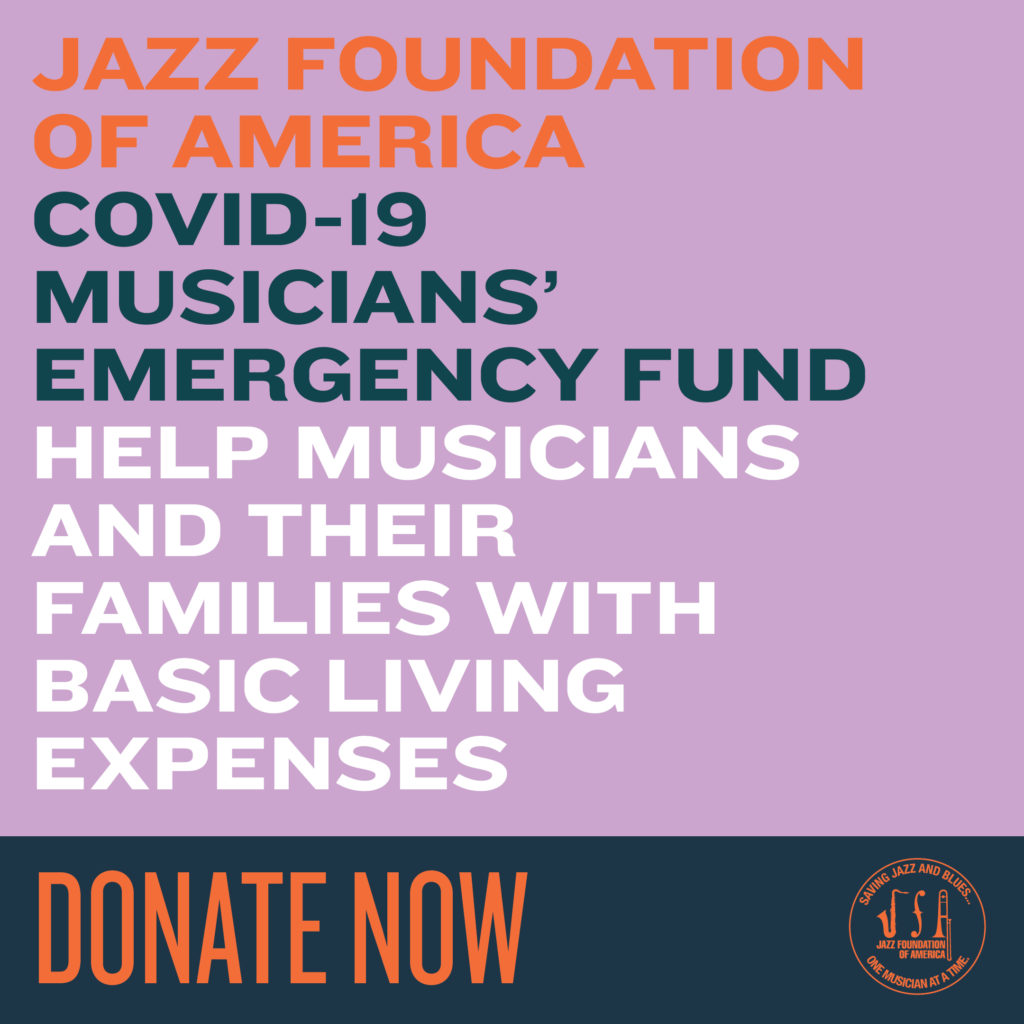
BandCamp, the DIY musicians’ favorite platform for track and album sales, continues to designate days on which they renounce fees so the entirety of payments for recordings go to the players.
Taking matters into their own hands, players have sought and some have offered tutorials on how to live-stream, how to teach music online and how to hold virtual fundraisers, among other potentially productive efforts. JazzOnTheTube, a website and list-serve reaching some 30,000 subscribers daily, has published several useful, free ones. From early March on, there have been increasing such demonstrations of the jazz community taking care of itself and its own.
One such is the Jazz Coalition, organized to provide juried $1000 commission grants to members’ nominees from all over the globe. Having quickly raised more than $70,000 from individuals contributing at least $100 or whatever they can to the cause (disclosure: I chipped in). The Coalition’s burgeoning membership has come from all sectors of the jazz ecosystem, including booking agents, publicists, record company representatives, producers, presenters, educators and journalists as well as internationally renowned musicians. Everyone is intent on making sure we and our hallowed, ever-relevant, genuinely essential jazz culture survive. On May 21 the first 48 grantees were announced.
Many Jazz Coalition constituents have their own endeavors to guide income to the musical freelancers (aka, independent contractors, seldom qualifying for unemployment assistance) who typically depend on gigs booked one-at-a-time, at best a few months in advance. Such freelancers still suffer the disadvantage of not know what venues will open on what schedule, or if, when they do, audiences will brave infection to gather and listen.
The alternative is found in the myriad webpages like Jazz at Lincoln Center’s listing players’ online performances scheduled on platforms like Zoom, Facebook and Twitch.tv. Chicago’s jazz radio station WDCB has its Virtual Concert Calendar, alt.weekly Dig Boston is doing it. . . . I stopped researching when it became clear there are too many of these to name, and none is actually comprehensive. How could any single such listing be?
It’s not as if once established, the streaming programs would necessarily continue as begun. Fred Hersch migrated from Facebook to Patreon to produce weekly 15-to-20 minute “custom content”. Other thoughtfully curated streaming series emerged, including:
- Live From Our Living Rooms;
- Act4Music;
- The Jazz Gallery’s Lockdown Sessions, and other streams;
- WBGO’s The Checkout Alone Together series;
- Jazz i Norge;
- Experimental Sound Studio’s Quarantine Concerts
- HotHouseGlobal, on which I mc’d a program called “Chicago Experimental in mid May, and on June 18 produced the 2020 Jazz Journalists Association Jazz Awards Winners Live-Streaming Party, with almost 30 all-stars in small groups candidly discussing current events, feelings and activities, interspersed with music highlights from JJA galas of the past. Without false modesty, I believe this document will be a rich source for future jazz scholars.
Also, harpist Brandee Younger and bassist Dezron Douglas have been doing a weekly Friday 11am brunch set form their apartment.
Although the web empowers us to tune into live-streams from wherever they originate, many such schedules, events and support opportunities for musicians, too, are locally focused. Billboard magazine’s resource guide for music professionals helpfully breaks down some potential avenues of support, which might help with rent, mortgages, health care or mental health counseling, state-by-state.
The National Endowment of the Arts (which postponed its annual celebration of Jazz Masters, to have taken place in April for the first time at SFJazz), has also created a page on its website listing resources for artists and arts organizations, It offers valuable information for freelancers, but still the NEA’s funding continues to flow mostly to non-profit presenting groups rather than individual artists.
For-profit jazz presenting businesses — the clubs, concert halls and festivals – that have ongoing expenses like rent and personnel despite having no customers may have been qualified to apply for Federal, state or municipal loans or grants, though what was made available seems unequal to the need. In the light of this, small performance spaces that previously considered each other as rivals have banded together in the National Independent Venue Association (NIVA). Cooperative groups of former competitors may be a winning concept during this period. Together, they (we) can leverage numbers and strengths to lobby for necessary attentions and assistance, hoping performance can flourish in such spaces again.
One of my favorite local venues, iconic Chicago saloon the Green Mill, jumped the gun on June 6 and 7, holding street concerts that attracted socially un-distanced, erratically masked audiences. City officials visited on June 8 to issue a warning against doing it again.
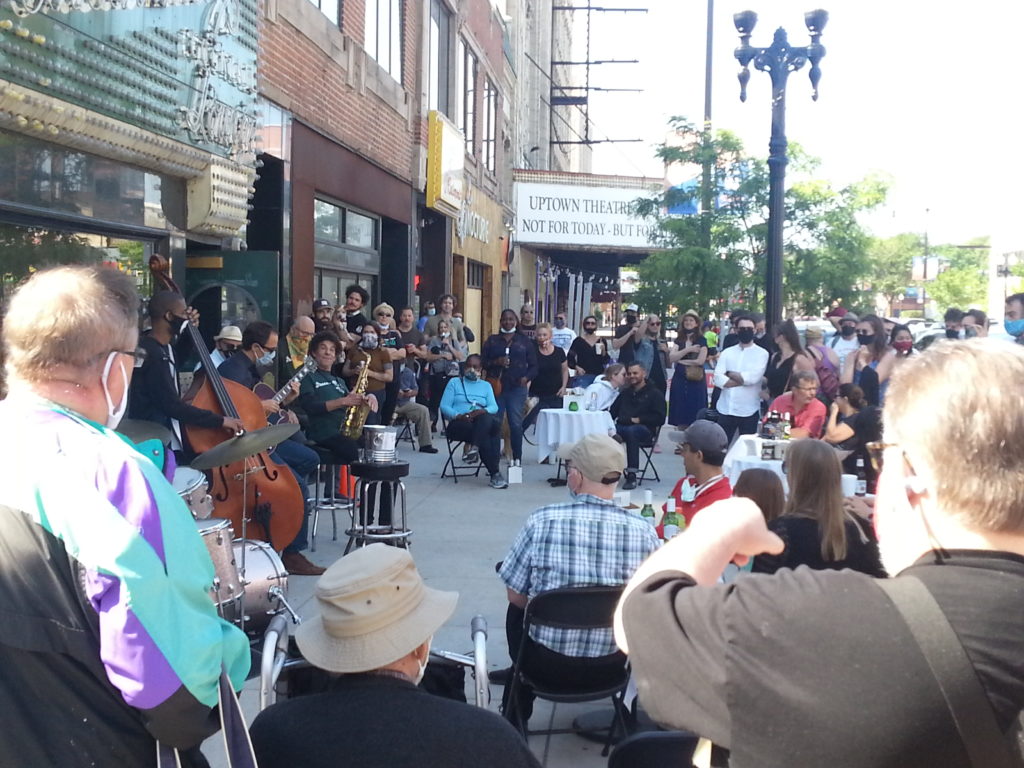
photo by Harris Meyer
The club had already been dark for five weeks, and media coverage might have offset the cost of a fine, though none was forthcoming anyway. And the issue was rendered moot when Mayor Lori Lightfoot allowed Chicago to enter “phase four” of a five-stage re-opening plan. The Mill welcomed musicians, staff and customers inside on June 26, though at 44% capacity, with no vocalists or horns allowed.
It hasn’t been and probably never will be easy to completely transform jazz, which thrives on live, close collaborations, into something satisfying to hear or watch on phones’ or tablets’ screens. Yet jazz people are by definition improvisers. We’ve always faced hard times with creativity, buoyed by resilience.
Our music is adaptable, a healing force, and it won’t be quieted. Jazz musicians will find ways to play, listeners will seek them out, journalists will comment, recommend and criticize despite a viral attack. Setback but not stopped, jazz has and will continue — with the rest of the human community — to bounce back.

